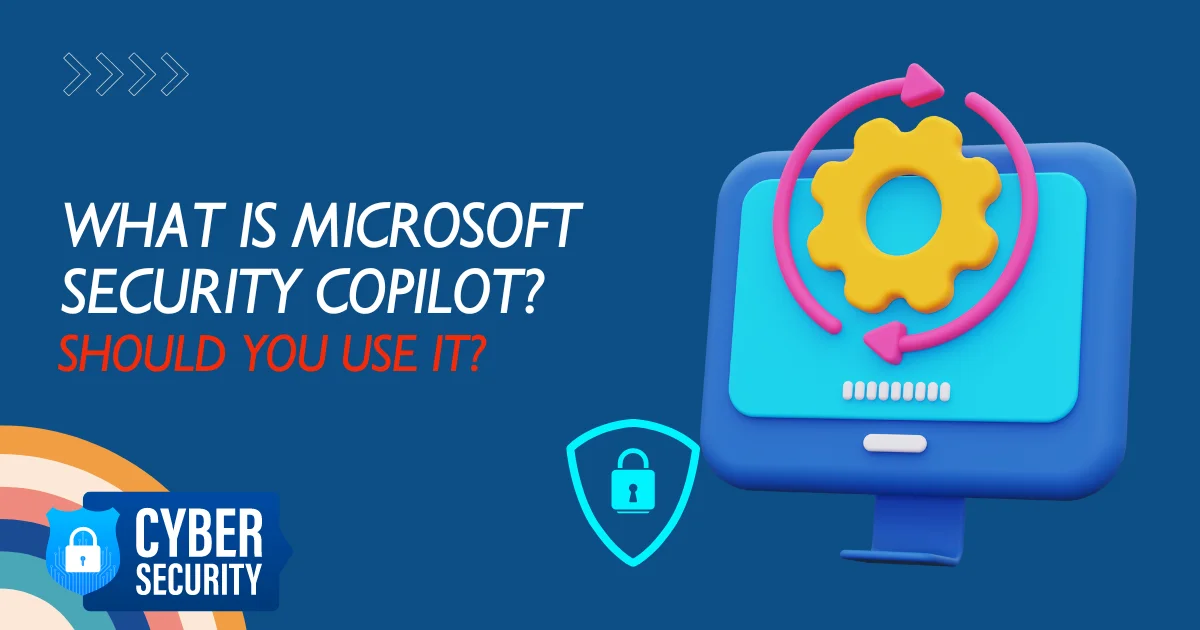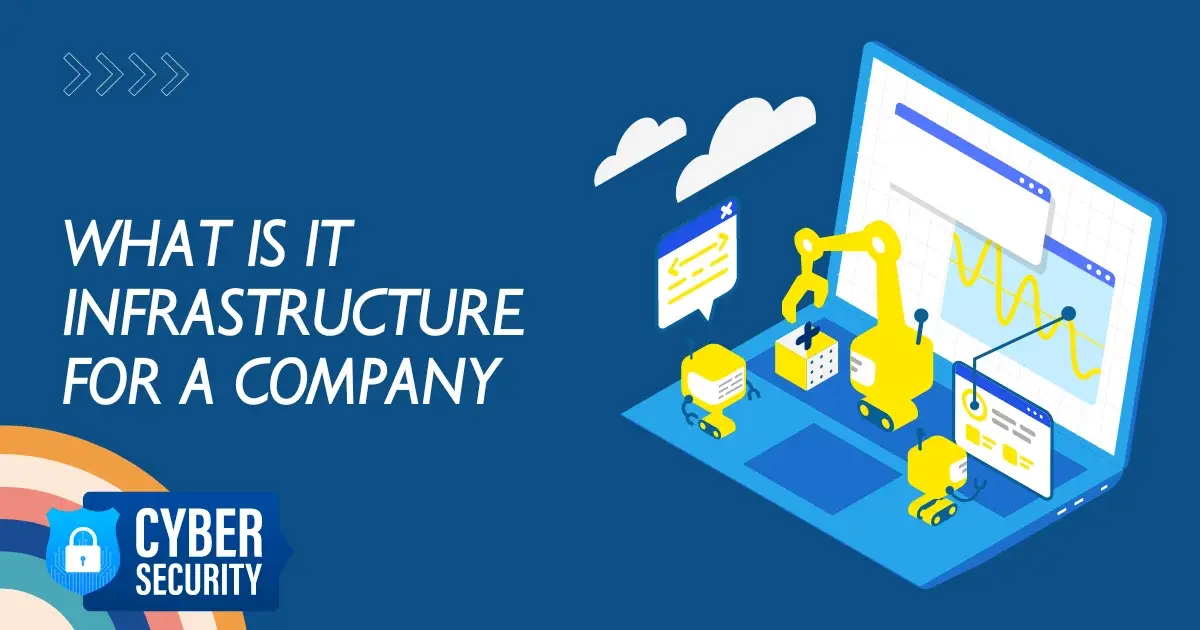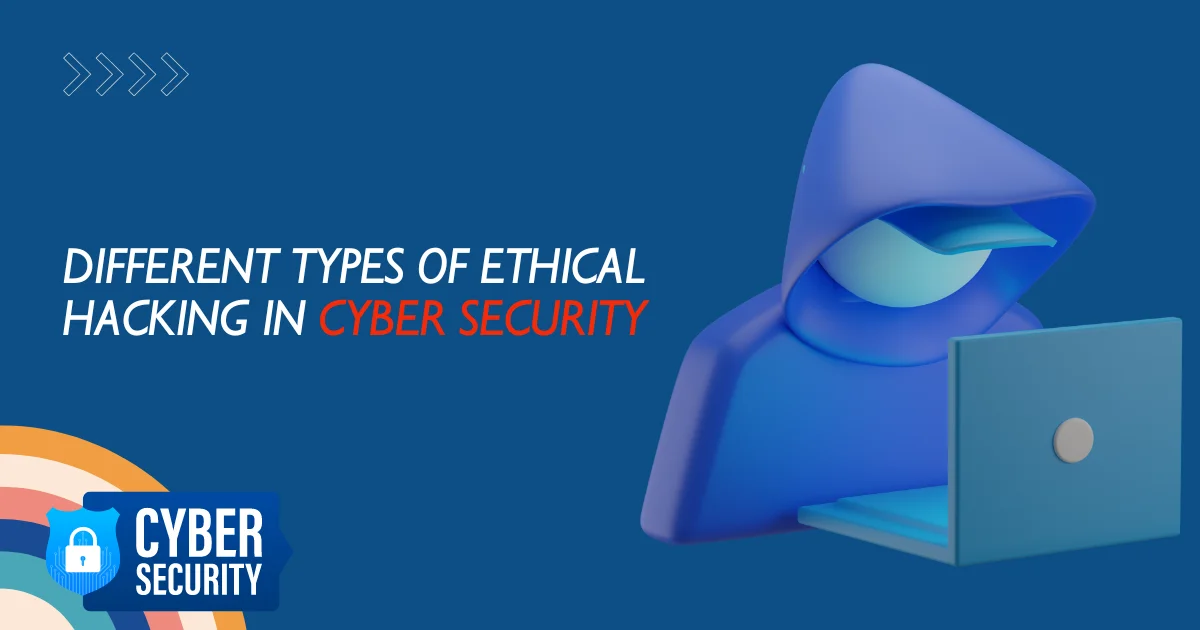What Is IT Infrastructure for a Company?
Table of Contents
ToggleFrom small startups to multinational corporations, IT infrastructure is crucial in enabling businesses to achieve their objectives efficiently. It allows for the automation of routine tasks, enhances communication through digital channels, secures sensitive information, and provides the tools necessary for data analysis and decision-making. The collaboration with reputable IT services, such as IT Services Chicago, further exemplifies the importance of expert guidance and support in navigating the complexities of IT integration.
This guide aims to explore the components and importance of IT infrastructure and provide insight into how IT has become integral to business strategies across industries.
Understanding IT Infrastructure
At its core, IT infrastructure components refer to the combined set of hardware, software, network resources, and services required for an enterprise IT environment’s existence, operation, and management.
It enables a company to deliver IT solutions and services to its employees, partners, and customers. The IT infrastructure of a company is the foundation upon which its digital operations are built and managed.
Key IT Infrastructure Components
IT infrastructure is a critical pillar for any organization, ensuring that various business operations are supported efficiently and effectively. It can be broadly categorized into physical and virtual components, each playing a unique role in a company’s digital ecosystem.
Physical Components
- Hardware: This category is the tangible aspect of IT infrastructure, comprising servers, computers, data centers, switches, hubs, and routers. As foundational elements, they provide the necessary computing power and connectivity.
For instance, servers host applications and data, while routers and switches manage network traffic flow. These prime IT infrastructure examples illustrate the physical components essential for any operation.
- Networking Equipment: Vital for both internal and external communication, networking equipment like routers, switches, and modems connect different pieces of hardware within an IT network. This allows for the seamless exchange of data, ensuring that information flows freely and securely between departments, as well as to and from the outside world.
Virtual Components
- Software: Operating systems, application software, and management tools fall under this category. The software directs the hardware to execute specific tasks, from basic processing operations to complex data analysis and customer relationship management. It’s the brain behind the operations, enabling businesses to perform many functions across various platforms.
- Cloud Resources: The shift towards cloud computing is a significant trend in IT infrastructure example for a company, i.e., where companies utilize online storage, applications, and services hosted on remote servers. This virtual component offers flexibility, scalability, and cost-efficiency, allowing businesses to access resources on demand without needing physical hardware on-site.
Understanding what are the 3 types of IT infrastructure—traditional, cloud, and hybrid—helps organizations to tailor their IT landscape to their specific needs. Traditional infrastructure relies heavily on physical components, cloud infrastructure utilizes virtual services, and hybrid infrastructure combines both, offering a balanced approach to leverage the advantages of each.
Importance of IT Infrastructure
Well-designed IT infrastructure services support a company’s business goals and allow for efficient operations. Here are some reasons why it’s crucial:
- Supports Operations: Enables smooth daily operations, supporting everything from communication and collaboration to data management and customer service.
- Enhances Productivity: Automated tasks and optimized processes reduce manual labor and increase efficiency.
- Improves Customer Experience: Provides the tools to offer responsive, high-quality customer service.
- Ensures Security: Protects sensitive data from cyber threats and ensures compliance with data protection regulations.
- Enables Scalability: This can be scaled up or down to meet the changing needs of the business, supporting growth without significant additional costs.
Planning and Building IT Infrastructure
Building practical IT infrastructure projects requires careful planning and considering current and future business needs. Here are some steps involved:
- Assessment of Needs: The first step is understanding what the business needs to function and grow.
- Design and Architecture: Designing a system that meets these needs while being flexible and scalable.
- Implementation: Installing the hardware, deploying software, and setting up networks and cloud services.
Maintenance and Upgrading: Regularly updating components to ensure efficiency, security, and relevance.
Challenges in Managing IT Infrastructure
While IT infrastructure is essential, managing it comes with its challenges, including:
- Cost: The initial setup and ongoing maintenance can be expensive.
- Complexity: Ensuring all components work together seamlessly requires expertise.
- Security Risks: Protecting against cyber threats is a constant concern.
Rapid Technological Changes: Keeping up with fast-evolving technology to remain competitive can be challenging.
To Sum Up:
IT infrastructure is the backbone of modern businesses, supporting everything from basic day-to-day operations to strategic initiatives. A well-designed IT infrastructure ensures operational efficiency and provides a competitive edge in the fast-paced business environment. As technology evolves, so too must the IT infrastructure of a company, adapting to new challenges and opportunities to support growth and success.
Understanding and investing in the proper IT infrastructure is crucial for any business looking to thrive in today’s digital world. By focusing on the components that align with their specific needs and goals, companies can build a robust, scalable, and secure infrastructure that will serve them well into the future.
To get the best-tailored IT solutions and services, contact Advanced IT.





